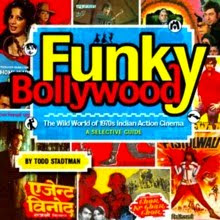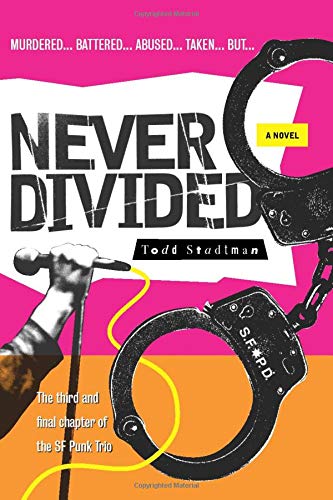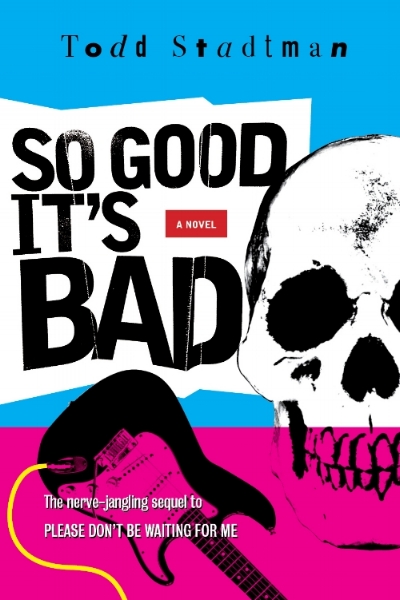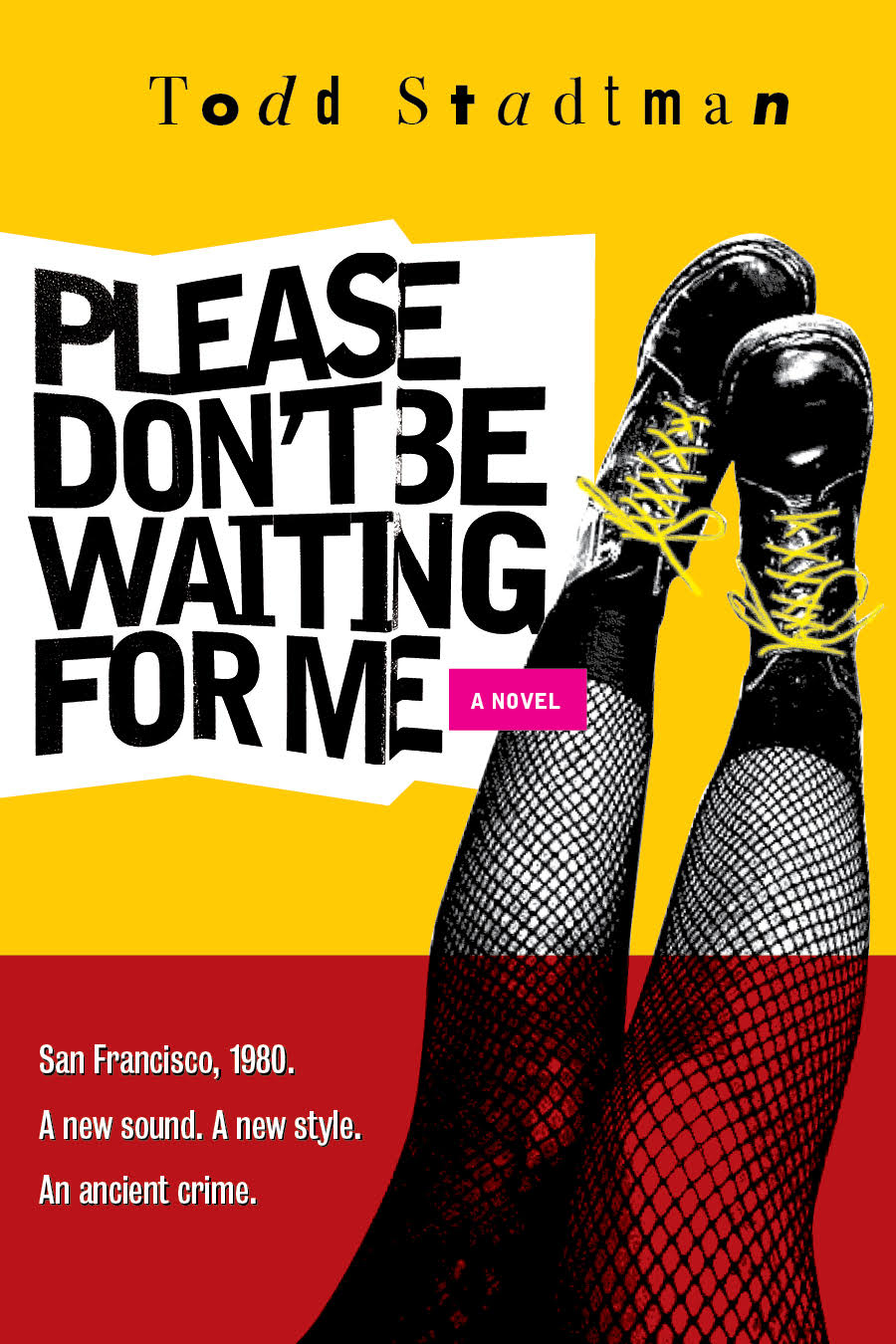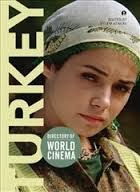The advent of the
San Francisco International Asian American Film Festival is always a bittersweet time for me. Sweet for the obvious reason that I get to spend a week watching all kinds of cool Asian films. Bitter because, at the end of that week, I then feel compelled to
write about those films. And, because among those films there are usually works of a more somber and serious nature than what I typically write about -- i.e. the kind of movies that I can’t just make a bunch of dumb jokes about, put up some screencaps of, and be done with -- writing about them requires that I actually have to pretend, however momentarily, that I’m a serious reviewer. And that makes Todd’s brain cry.
The selection of films we watched this year was a bit different from that of previous years (and by “we”, I’m referring to my wife and me, rather than using the royal “we”), in that it leaned a bit more toward retrospective entries and less toward newer films. It also included a lot of those more seriouser and somberer films that I was talking about. Suffice it to say that I did a lot of drinking between these screenings.
 You Have Been Weighed and Found Wanting (Philippines, 1974)
You Have Been Weighed and Found Wanting (Philippines, 1974)If this blog was your only source of information on the topic, you might be forgiven for thinking that Filipino cinema was all about
Darna,
Weng Weng, and the occasional
heavily armed nun. It’s a good thing, then, that the SFIAAFF, with its retrospective spotlight on Lino Brocka, has given me the opportunity to write about the P.I.'s most internationally recognized and acclaimed director.
While more Dickensian in scope than much of Brocka's work,
You Have Been Weighed and Found Wanting provides a good example of the director's style, which combines an empathetic eye and a penchant for melodramatic trappings with a keen outsider's awareness of the intolerance bred within tight-knit communities. The film tells the story of a bond forged between the two most marginalized inhabitants of a small Filipino town: Berto, a leper played by screenwriter Mario O’Hara, and Kuala (Lolita Rodriguez), a homeless, mentally ill woman who harbors an explosive secret in her past.
In a manner that is at once both sensitive and unflinching, Brocka documents the ill-fated attempt by this pair to maintain a fragile bubble of happiness and safety within a community whose pious sanctimony only serves as a cover for its crueler, and more sadly human, impulses. Future superstar Christopher De Leon makes his screen debut here as the privileged son of a philandering politician who bares witness to Berto and Kuala’s fate and has his eyes opened to the hypocrisy of his fellow townspeople as a result.
This is indeed tragic, powerful stuff. But trash fans need not necessarily shrink away, as there are also a few familiar genre film faces on board to hold your hand through all of the comparatively arty proceedings. Most notable among these is Eddie Garcia, esteemed star of
Horrors of Blood Island,
Black Mama, White Mama and scores of other exploitation titles, as well as director of several of the early
Tony Falcon: Agent X-44 films. Also bearing mention is the haunting, minimalist score by Lutgardo Labad, which provides fitting accompaniment to a film whose images and characters linger with you long after they have faded from the screen.
 Insiang (Philippines, 1976)
Insiang (Philippines, 1976)This film, widely touted as Brocka’s masterpiece -- as well as being the first Filipino film to screen at Cannes -- portrays the lives of the desperately poor, but avoids those depictions of the triumphant human spirit that so frequently leaven other cinematic treatments of poverty. Instead Brocka mercilessly details the hardening of that spirit that poverty can produce, in this case within the stifling, overcrowded confines of one of Manila’s worst slums. Hilda Koronel gives a memorable performance as the film’s title character, as does Mona Lisa in the role of her mother, a monumentally bitter figure whose calcified meanness makes her the main link in a chain of casual cruelty that even the young and beautiful Insiang ultimately can’t avoid becoming part of. All in all, it’s a bleak and uncompromising film that, in its refusal to allow the viewer any easy escape from the world it presents, perhaps offers a glimpse of what those more lighthearted products of the Filipino film industry were offering their intended audience escape
from in the first place.
Not that Brocka’s films avoid the language of Filipino popular cinema, mind you. In fact, I noticed that a number of the audience members at the screening of
Insiang I attended seemed uncomfortable with some of Brocka’s more melodramatic techniques -- specifically his use of shock zooms and drama heightening, slow-burn reaction shots -- and responded to them with awkward laughter. But I think that anyone capable of digesting the fact that this is a film made over thirty years ago for an audience with different expectations from our own shouldn’t find that an obstacle to emotional engagement with the narrative – or, at the very least, not find it a cue to detach his-or-herself from it with ironic laughter. At least, I hope so. I’d hate to think that we as an audience were becoming less capable of entering into the contract with the filmmaker that enjoyment of some of these older, more mannered forms of movie storytelling require, because the rewards for such a small investment of effort are so great.
 The Housemaid (South Korea, 1960)
The Housemaid (South Korea, 1960)For me, the central image of
The Housemaid is that of a pair of rats, jerking through their death agonies as they lie on either side of a white dinner plate bearing a serving of poisoned rice. From the forty-ish music teacher and his young family at the story’s center, to the unhinged young woman who comes to serve as live-in help in their newly built dream home, the characters here are one and all rats in a trap. And, as the film never tires of reminding us, there’s plenty of rat poison to go around
While, on its surface,
The Housemaid seems to frame its story as some kind of morality tale about midlife male philandering, director/writer Ki-young Kim’s true vision seems to be more that of a family fallen victim to their own middle class aspirations. For it is their correspondingly exaggerated sense of propriety that continually prevents them from alerting the authorities as their situation goes increasingly, preposterously off the rails.
Eun-shim Lee gives a memorably unrestrained performance as the titular match to the already simmering tensions within this nuclear unit, sparking a rapidly escalating family conflagration fueled by adultery, depravity, murder and madness. Granted, the term “WTF” has been overused to the point of losing its impact completely, but I will tell you in all honesty that my jaw literally went slack with astonishment during this movie’s closing minutes. Crazy. Absolutely fucking crazy.
 Independencia (Philippines, 2009)
Independencia (Philippines, 2009)What I can say about
Independencia is that it is beautiful to behold, and well deserving of praise for what it achieves visually. In telling his story of a turn-of-the-century family seeking shelter from encroaching U.S. occupation forces in the lush wilds of the Philippine jungle, young director Raya Martin avoided the easy route of simply filming on location and instead built an elaborate indoor set, mimicking the highly stylized look of Hollywood jungle adventures from the 30s and 40s. He then shot this phantasmagorical landscape in soft black and white, using stark, expressionistic lighting, with the end result that his historically-based tale is leant a darkly enchanted, Grimm’s fairytale feel, bringing to mind the dreamlike ambience of Hollywood films like
Night of the Hunter,
White Zombie, and even, to some extent,
King Kong.
Unfortunately, as much as I loved the look of the film, I personally found it hard to maintain interest once the characters settled into their largely dialog-free jungle routine. They eat, they sleep, they forage, and then eat, sleep, and forage again. You could describe the tone that the film takes at this point as either “hypnotic”, if you’re feeling charitable, or “narcotizing”, if you’re feeling less so. A clumsy stab at exposition via an anachronistic newsreel-style sequence further broke the spell for me, leaving me a bit alienated by the time things took a less somnolent turn toward the film’s end. (To be fair, I may just have been mentally exhausted by the sheer what-the-fuckery of
The Housemaid, which I had seen immediately previous.) Still, despite my moments of feeling underwhelmed, Raya’s alluring aesthetics insured that I’ll be paying close attention to whatever he comes up with in the future.
 City of Life and Death (China, 2009)
City of Life and Death (China, 2009)We felt lucky to get a chance to see
City of Life and Death, due to the Chinese government’s recent pulling of it from the Palm Springs Film Festival, a move taken in retaliation for that festival’s showing of the Tibet documentary
The Sun Behind the Clouds. (A planned U.S. theatrical release has also been scuttled as of this writing.) I guess the film’s status as a internationally acclaimed prestige production makes it an effective political cudgel, but, given its depiction of the suffering of the Chinese people at the hands of a foreign occupier, it seems like an odd subject for this kind of tit-for-tat, as making it so seems to invite comparisons that people might not otherwise be inclined to make. It also does a disservice to both the film and its subject matter, which deserve consideration free from any of the shiftings of context that making the movie a political football achieves.
In portraying the massacre at Nanking -- in which hundreds of thousands of Chinese civilians in the city of Nanking were brutalized and killed by Japanese occupying forces in the early days of the war -- director Lu Chuan makes no attempt to address the “whys” of what happened over the course of those several weeks in 1937-38, but instead takes on the difficult task of at once conveying the staggering scale of the tragedy while at the same time portraying it with an intimacy that allows us to see its true human dimensions. In doing so he makes viscerally clear to us the plain but easily obscured fact that those thousands of anonymous, abused bodies littering the bruised landscape of post occupation Nanking were those of beloved sons and daughters, spouses, doting parents and siblings – just as were the perpetrators of the atrocities that put them there.
This last point has caused not a small amount of controversy in China, but the fact that Chuan tells part of the story from the perspective of the Japanese soldiers should not be taken to imply that he offers any kind of rationale or excuse for their actions. Instead he merely suggests that at least some of them were not left unscarred by the horrors that transpired. That even this small concession was a source of pain for some is an indication of just how raw the wounds left by the tragedy still are.
City of Life and Death is a difficult film to talk about, because the resounding success of its makers in achieving their aims is precisely what makes it so damn hard to watch. Anyone expecting an exploitative,
Men Behind the Sun style treatment of these events will be either relieved or disappointed, depending on their mindset. The film just doesn’t allow for the kind of emotional distance that would allow for the horrors presented to be in any way titillating. Instead one can only respond with revulsion, profound sadness and a devastating sense of loss.
********
So that, folks, was my experience of SFIAAFF 2010. To recap, we had a film about a community callously destroying the lives of two of its weakest members, another about people having their spirits crushed by poverty, one about a family being torn apart by adultery and murder, another about people having to resort to a life of near-savagery in order to survive, and, finally, an unflinching depiction of the rape of Nanking. For my next review:
 Quite a while back I was contacted out of the blue by a fellow named Gordon Edgar. Gordon is the cheesemonger at San Francisco’s foodie mecca Rainbow Grocery, as well as a blogger and all around authority on the subject of cheese. It turns out that he was in the process of writing one of those food memoirs that are so popular these days and needed my help. What?
Quite a while back I was contacted out of the blue by a fellow named Gordon Edgar. Gordon is the cheesemonger at San Francisco’s foodie mecca Rainbow Grocery, as well as a blogger and all around authority on the subject of cheese. It turns out that he was in the process of writing one of those food memoirs that are so popular these days and needed my help. What?





















































